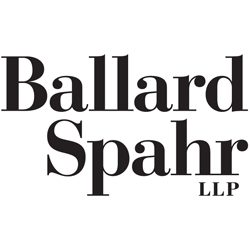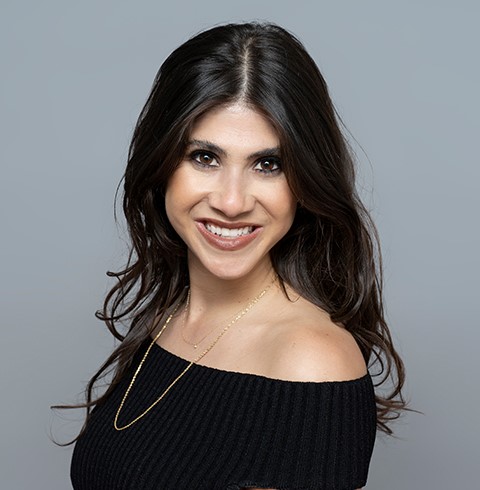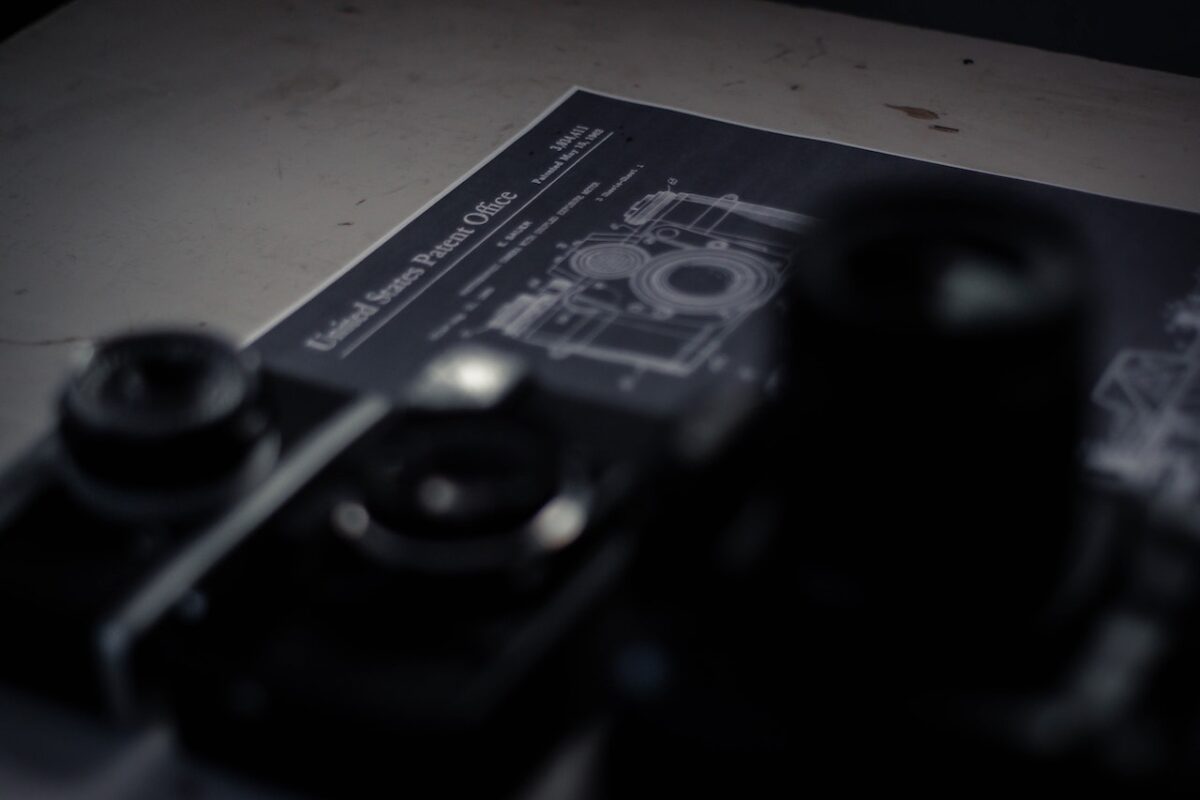But what is a patent? How do you obtain a patent? What does the process entail and cost? This article explores what entrepreneurs go through to obtain a patent and how best to use external resources to guide them through the patenting process.
Patents are territorial, meaning that if one is interested in obtaining patents outside the United States of America, they must file patent applications in each country where patent protection is sought. This article focuses on US patents and the process of obtaining a patent in the US. A US patent is a property right that is granted by the United States Patent and Trademark Office (US PTO) to an inventor for a limited time. It gives the inventor the exclusive right to exclude others from making, using, selling or importing an invention. Some benefits of US federal patent protection include safeguarding against other parties copying, making, using or selling an invention or process without the inventor’s consent.
TYPES OF PATENTS
In the United States, there are three types of patents: utility, design and plant patents.
- Utility patents are the most common type of applications. They may cover “any new and useful process, machine, manufacture, or composition of matter, or any new and useful improvement thereof.”
- Design patents may cover “any new, original, and ornamental design for an article of manufacture.”
- Plant patents may cover a “distinct and new variety of plant, including cultivated sports, mutants, hybrids, and newly found seedlings, other than a tuber-propagated plant or a plant found in an uncultivated state,” invent or discovered and asexually reproduced.
Inventors may on occasion obtain different types of patents for the same invention. For example, a utility patent protects the way an article of manufacture is used and works, while a design patent protects the way an article of manufacture looks. An article of manufacture is something that is manmade. It’s something that can be created using machines or tools. An article of manufacture usually does not include something that can be found in nature. Even though utility and design patents provide separate legal protections, the utility and ornamentally of an article are not always easy to separate. Sometimes an invention resides on both its utility and its ornamental appearance. In which case, both design and utility patents may be acquired on the article. Similarly, the genes, varieties, traits and parts of a plant may be protected by both a plant patent and a utility patent.
ALTERNATIVES TO PATENTS
There are still ways to protect an idea or product without a patent. One option, according to Scott D. Marty, Ph.D., a partner at Ballard Spahr: “relying on the information as a trade secret.”
“Trade secrets do avail the owner to IP protection of confidential information,” he said. “It is important to note that in order to qualify as a trade secret, the information must be a secret, meaning it is only known to a limited group of persons and certain steps must be taken to keep the information secret. When may those other options be a more appropriate fit? One classic example is to protect ideas or discoveries that are not otherwise patent eligible.”
To gain a deeper understanding of the patent process, we asked Dr. Marty for his expertise on the topic. Dr. Marty is a co-leader of Ballard Spahr’s Life Sciences Industry Group. He is also a leader of the Patent Group’s biotechnology team and a member of the pharmaceutical team. His practice focuses on a range of various aspects of biotechnology patent prosecution, diligence and patent litigation. His clients range from multinational Fortune 500 companies to emerging growth startups. In the startup space, Dr. Marty guides clients through every stage of their product’s life cycle.
FILING FOR A PATENT
Q: Who can file for a patent?
Scott Marty: Any inventor can file a patent. Essentially, anyone who invents or discovers something that is patent eligible except officers and employees of the US PTO.
If I want to file a patent, how do I prepare for that?
What I tell people all of the time is “when” is one of the most important deciding factors. In order to be patentable, you have to meet the statutory requirements for patentability. One of the easiest statutory aspects and requirements to understand is novelty, meaning nobody has ever said or done it before and that includes yourself. So when I talk to entrepreneurs — because typically they are very excited, they love to talk, they’re talking to their friends, they’re going to seminars — the most important thing is to keep it to yourself. File first. You file before you disclose. That’s the best advice I can give an entrepreneur.
The other “when,” for timing, is when it’s ready. So one of the things is, you can have an idea but an idea in it of itself is not an invention. You have to be able to describe it in such a way that a hypothetical person with ordinary skill in the art understands that you are in possession of it. You also have to be able to describe it in such a way that it teaches this hypothetical person how to make and use it. For example:
I have a cure of cancer. Fantastic.
I want to patent the cure for cancer. Fantastic, what is it?
Well, I don’t know yet. So, you’re not ready yet.
It’s not ready for patenting. I can’t describe it in a way where someone knows what I’m claiming and I certainly cannot teach someone how to make and use it.
The other side, is patenting the right mechanism to protect the idea? Sometimes it is and sometimes it isn’t. The easiest place to draw the line is that there is certain subject matter that is not considered patent eligible.
There are some things that cannot be patented. For example, laws of nature, physical phenomena and abstract ideas cannot be patented. Literary, dramatic, musical and artistic works can also not be patented (they may be eligible for copyright protection). Inventions that are not useful, or are offensive to public morality cannot be patented.
What can a founder do to keep costs down in connection with filing a patent?
Many think the best answer is to do it themselves. I think that is a mistake. Preparing and filing patent applications is an art form and requires particular expertise, especially in the life sciences field.
It’s not an inexpensive endeavor. As a young entrepreneur, if you are a small entity or a micro entity, at least US PTO fees are relatively inexpensive. If you work with an outside law firm it could be anywhere from $2,500 to $25,000. As a young entrepreneur you have to consider where your money is best spent. But if, your product is something where it’s really important to keep others from making or selling it, you’re at the time frame right then and there where you have to make the decision because if you don’t patent it, and it’s not a secret, then there are no other mechanisms to keep people from making, using and selling what it is. You spend all that time developing a product or process and then you have nothing to keep your competitors away.
What information do I need to collect about my product before filing an application?
It is always less expensive to do it yourself. I joke, but it’s the power of Google. It’s doing a prior art search, seeing what else is out there, No one is ever going to know your product better than you. Spend a few hours on the internet and see what’s out there.
If you go out there and say you have this red pen, and I google it and I see red pens, it may not be necessary to abandon the red pen idea or the inventive idea. It’s more about thinking about what can I do, how can I pivot? If that’s the product, how do I change it?
Be honest with yourself and your service providers. Sometimes, clients will say that they have never talked to anyone about this and then we go down the path and we will ask if they have something written and they will say yes, I have this thing that I have sent to some investors six months ago. And I’m like, wait a minute. So confidentiality is important. Make sure if you’re having conversations, you get confidentiality agreements in place. If you are working with someone other than yourself or someone in your company, confidentiality is key.
Each individual associated with the filing and prosecution of a patent application (including inventors and counsel) has a duty of candor and good faith in dealing with the Office, which includes a duty to disclose to the Office all information known to that individual to be material to patentability.
How long should I expect this to take?
Well, if we think about the stages, it starts with drafting the application. That can go very quick or it can take a very long time. A lot of that depends on how information, how much feedback, how much interactions and how many revisions you want to do. [Sometimes] we prepare and file things in 24 hours in really emergent cases because there is an imminent disclosure. Something more reasonable is probably 30 to 60 days in the drafting process. Oftentimes it can be longer than that if it [the patent] is more technical.
What happens then is if you’re filing it as a provisional application, you’ve got 12 months to convert it into a non-provisional application. During those first 12 months is the only time you can add something new to the application. Once you convert it at 12 months, if we’re talking US only, current wait times are often 1.5 to 2 years.
Probably, the most honest timeline from start (filing) to finish (allowance and grant) is around 44 months in the life sciences space. I tell my clients three to five years is what I would expect. A lot of that is just how that process works: how many times do you go back and forth? Are you going after narrow or broad claims? Are you willing to file something a little more narrowed to push it through faster?
PATENT REVIEW PROCESS
What do examiners review during the patent application process?
You are only allowed to patent one thing at a time. That is an oversimplification of the words, but the reason I raise that is typically what the first step that patent examiners do is they look at the claims and they make a decision about how many inventions there are. If there are more than one, the first action you get is a restriction requirement. They say, pick which one you want to go after first. It doesn’t mean you cannot go after the other ones later, or in subsequent applications called “continuations and divisionals” but it’s “we’re going to examine one thing at a time.”
Next, they’re going to go through the statutory requirements.
- Is it patent eligible?
- Is it novel?
- Is it not obvious?
- Is it described in such a way that a person of ordinary skill in the art would understand that you’re in possession.
- Have you provided enough information on how to use it?
That is the backdrop of what the patent examiners are looking at. They’re asking, does this single invention that I am now examining satisfy all of the legal requirements?
This starts a conversation back and forth with the US PTO. Those are called Office Actions. They’ll issue an Office Action where the patent examiner says I don’t think it’s patentable or patent eligible because of “x” and you get to respond to that. When you respond, you can either respond with an argument or you can amend the claims.
Hopefully, what you’ll eventually get to is an agreement where the examiner says “Hey, great! Your claims are now directed to both patent eligible subject matter and it’s patentable, meaning it meets all the statutory requirements for patentability.” Then, they’ll render a notice of allowance. Then you pay a fee and it issues. Once you have an issued patent, that is what is enforceable.
What can I do if my application is rejected?
Argue it. You go back and forth. Ultimately, you can keep those arguments going as long as you are willing to pay to do so. It’s not just in writing, but you do have opportunities to orally interview. We have a lot of success in just having a conversation with the patent examiner, because sometimes the words are not there. If you feel like the patent examiner doesn’t understand, isn’t being reasonable or there is a certain legal aspect that they’re maybe not grasping, you can invite their supervisor.
They’re humans. I think that’s what a lot of people forget, that the people that you are dealing with are people. You may not have written it as well as you thought. You may read it and think “well, it’s right there!” but they might say “well the words are not there.” And you have those kinds of conversations a lot. Most of the examiners that I deal with want to help us find a way to patentability.
Is my patent enforceable globally?
No. Just because I get a patent in the US does not guarantee me that I am going to meet the statutory requirements in Europe or in Asia, or anywhere else. Every country that has its own patent office has its own rules.
There are pathways such as the patent prosecutions highway (PPH). In some circumstances, there are mechanisms through the PPH that once you get allowed claims in one country, you can take those claims to another country and make a request under the PPH and in theory, if they’re allowable in one, then they’re supposed to be nudged towards allowability in another. There’s no guarantee though because of these different statutory requirements.
ATTORNEY SUPPORT
How should one think about using attorneys to help file patents?
I always say have at least a conversation with counsel to understand the process and to understand where the landmines are. At the end of the day, entrepreneurs are risk takers. They are business people and they have to make business decisions. Our job as counsel is to advise them about where the risks are and to counsel them how to address, avoid or at least minimize risk. Even if they ultimately decide to file the patent themselves, I think, have a conversation with counsel early just to understand, what does it look like? Where are the pitfalls?
We have enough experience to say, hey listen, these are the roadblocks that you are probably going to run into. If you put in a little more time and do [those] things, you’ll position yourself for higher success. At a minimum, use us as counselors.
[Having professional counsel] can also be your number one asset for fundraising. You want a document that looks professional, that you can say went through a rigorous analysis by a top tiered law firm and there is somewhat of a likelihood of success. You have a plan.
I run into this a lot when I am on the investor side. We’ll have the company says “well, we have this law firm” and they’ll go out and hire big named law firms because there is an effect on the listener. They’re represented by this law firm, or their bank is that [bank], or their lead investor’s name is a known name. There is value to that — when you are a young company and you are trying to get up and running — to have a name behind you.
Do you ever advise clients that they do not need a patent?
A lot. I am very honest with my clients. My saying is, “if it was my money.” If it was my money, would I spend it on whatever we’re talking about? Usually when I tell people not to pursue a patent, it’s when I already know it is not patent eligible or it won’t meet the statutory requirements. Other times, there are some things that you just keep as a trade secret.
Is there anything else a founder should know about patent prosecution, filing or working with an attorney that I haven’t already asked?
The one thing we have not talked about is the team. Early companies need to find a team that understands them, that understands what their goals are, that can help them with those goals and in my opinion, is not a “yes” person.
Our job at the end of the day is to counsel our clients and perform excellent legal services. We have to zealously advocate for them, that is what we are obligated to do as lawyers. In my opinion, zealous advocating also means zealous honesty. When you’re working with outside counsel, you have to find a group that you trust.
You have to find a law firm, you have to find a lawyer, that you trust, that knows what you’re doing, who can understand your business and grow with you. You have to find the ones that you trust. Finding someone that is willing to work with you. Someone who is flexible, available and competent.
_
Kim’s Korner is a series of articles by Ballard Spahr’s emerging company and venture capital attorneys. The column is not legal advice. The substance of the column is derived from our experience working with founders and details many of the current critical issues facing startups.
Learn more about Ballard Spahr

This is a sponsored guest post by Ballard Spahr. Ballard Spahr is a Technical.ly Ecosystem Builder client.
Before you go...
Please consider supporting Technical.ly to keep our independent journalism strong. Unlike most business-focused media outlets, we don’t have a paywall. Instead, we count on your personal and organizational support.
Join our growing Slack community
Join 5,000 tech professionals and entrepreneurs in our community Slack today!

The person charged in the UnitedHealthcare CEO shooting had a ton of tech connections

From rejection to innovation: How I built a tool to beat AI hiring algorithms at their own game

Where are the country’s most vibrant tech and startup communities?



